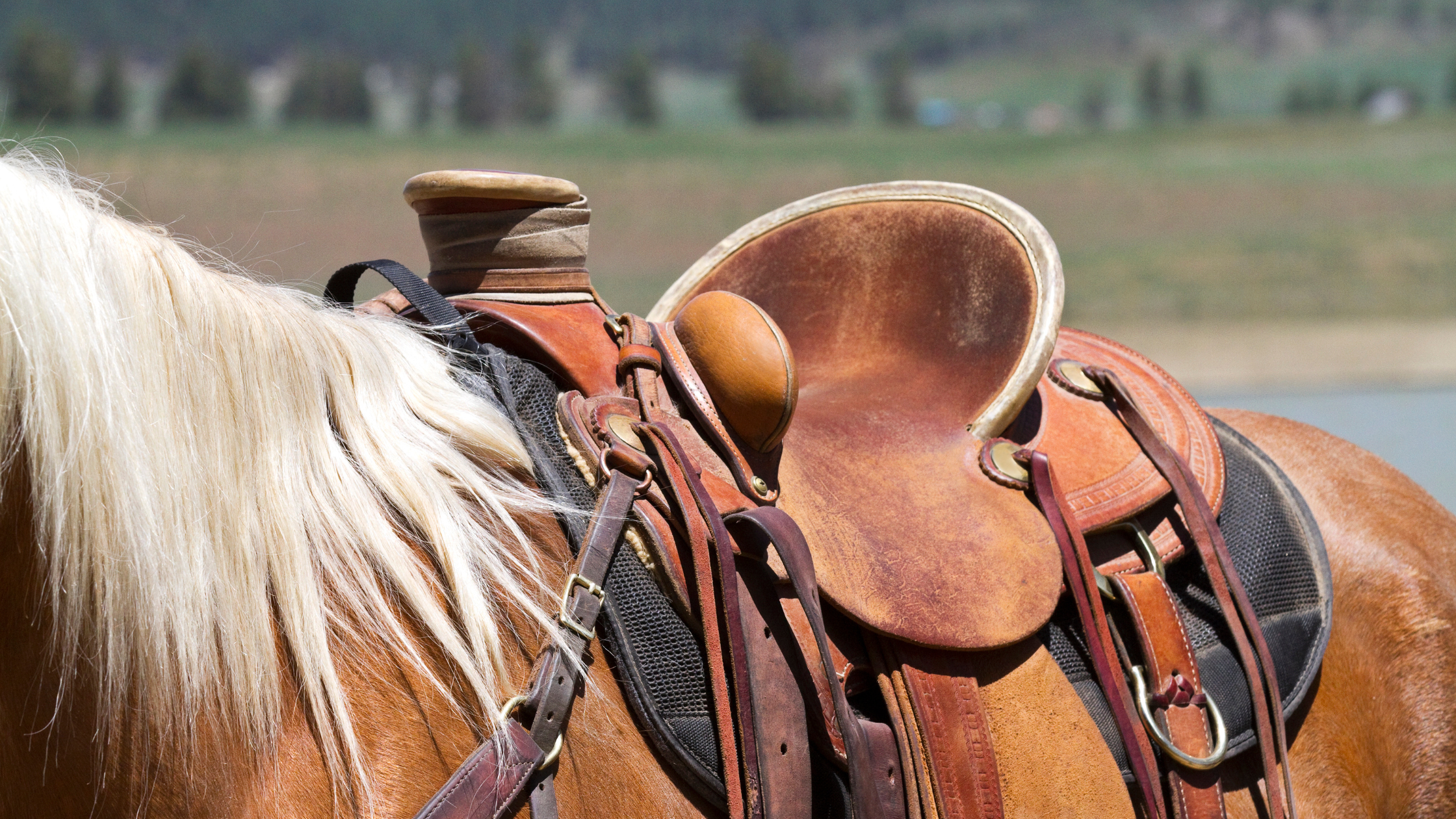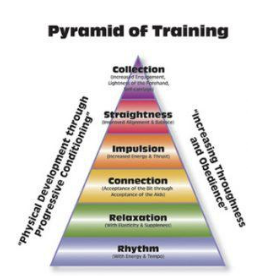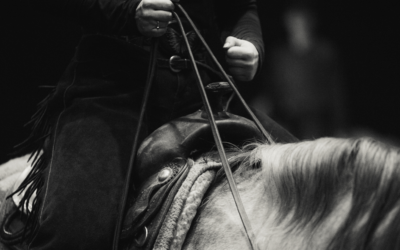
Did you know there’s another type of dressage in the Western discipline? While each dressage type is performed in a different saddle, they have similarities. To understand the differences between classical (English) dressage and western dressage, you need to start with the guiding principles.
Principles of English Dressage
According to British Dressage, dressage is meant to develop the horse into an athlete content in its work through harmonious education. Training a horse in English Dressage results in a calm, supple, attentive horse in harmony with its rider.
Principles of Western Dressage
According to the United States Equestrian Federation, Western Dressage integrates the historic principles of dressage with the best of the western stock horse tradition. An ideal Western dressage horse is useful, rideable, willing, and safe. They have pure gaits expressed with lightness, calmness, and steadiness.
While the western horse and rider have been around in North America for a long time, the discipline of Western Dressage is relatively new. Western dressage originally started in the United States in 2010 when an official organization was created.
Training Pyramid
The training pyramid for the dressage horse is rhythm. The foundation of the pyramid is rhythm. Through progressive conditioning, the horse will develop thoroughness and obedience. In both Western and English Dressage, the horse will achieve collection with balance and lightness of the forehand. This collection is achieved at the top of the pyramid.

Photo Source: Dressage Today
Fundamental Differences Between English and Western Dressage
While the end goal for horse and rider is very similar in English and Western Dressage, there are some important differences in how this goal is achieved. The most significant difference is the English Dressage horse is evaluated based on the principles of the traditional Dressage horse. On the other hand, the Western Dressage horse is evaluated with the conformation and movement of today’s Western horses in mind.
Tack Differences
The types of bits allowed in Western Dressage are different than in English discipline. A curb bit is allowed in Western Dressage because many people use them in western riding. Additionally, a snaffle bit can be used at any level, but the rider must use two hands. While English Dressage riders always use two hands on their reins, Western Dressage riders may ride one or two-handed, depending on the bit.
Dressage Test Differences
There are differences between English and Western Dressage in the movements of each dressage test. In Western Dressage, the test can include a turn on the forehand of 360 degrees and a turn on the haunches. English Dressage tests don’t have these movements.
Additionally, the horse’s gait is different in English and Western Dressage. The horse demonstrates the walk, trot, and canter in English Dressage. But in Western Dressage, the gaits displayed are walk, jog, and lope.
Which Dressage Discipline Will You Choose?
Whether you love English riding or prefer the Western style, dressage is for everyone! The ultimate goal of these disciplines is to have a happy, healthy horse that enjoys its work in partnership with the rider.
